The natural world has long been a source of inspiration for technological advancements, and few creatures have captured the imagination of engineers and biologists alike quite like the dragonfly. With its unparalleled agility, speed, and precision in flight, the dragonfly serves as a living blueprint for the next generation of flying machines—bio-inspired flapping-wing aircraft. Recent breakthroughs in neuroscience and biomechanics have begun to unravel the secrets behind the dragonfly's flight, offering tantalizing clues for the development of autonomous micro-aerial vehicles.
The Dragonfly's Flight: A Masterclass in Aerodynamics
Dragonflies are among the most ancient flying insects, with a lineage stretching back over 300 million years. Their flight mechanics are a marvel of evolutionary engineering, enabling them to hover, dart, and change direction with astonishing speed. Unlike fixed-wing aircraft or even rotary drones, dragonflies achieve flight through a complex interplay of wing kinematics, neural control, and sensory feedback. Researchers have discovered that their four wings operate independently, allowing for intricate maneuvers that defy conventional aerodynamics.
One of the most striking features of dragonfly flight is their ability to adjust wing motion mid-stroke. This capability, known as "wing pitching," enables them to generate lift on both the upstroke and downstroke, a feat unmatched by most other flying insects. By studying high-speed footage and computational models, scientists have identified specific neural circuits that orchestrate these movements, shedding light on how the insect's brain processes real-time aerodynamic demands.
Neural Mechanisms: The Brain Behind the Wings
The dragonfly's central nervous system is a masterpiece of efficiency. Its brain processes visual and sensory inputs at lightning speed, allowing it to react to prey, predators, and obstacles in milliseconds. Recent studies using electrophysiology and optogenetics have pinpointed key neurons in the dragonfly's ventral nerve cord that coordinate wingbeats. These neurons act like a flight computer, integrating data from the eyes, antennae, and wind-sensitive hairs to make split-second adjustments.
What makes the dragonfly's neural control system particularly fascinating is its decentralized nature. While the brain oversees high-level decision-making, much of the wing coordination happens at the thoracic ganglia—clusters of neurons located in the insect's midsection. This distributed control system ensures redundancy and robustness, critical traits for survival in unpredictable environments. Engineers are now mimicking this architecture in robotic systems, aiming to create drones that can recover from mid-air disturbances without human intervention.
From Biology to Robotics: The Rise of Flapping-Wing Drones
The insights gleaned from dragonfly neuroscience are already bearing fruit in the field of robotics. Several research groups have developed prototype flapping-wing drones that replicate the insect's wing kinematics. These machines, often no larger than a hummingbird, leverage lightweight materials like carbon fiber and flexible membranes to emulate the dragonfly's wing structure. Early tests show promise, with some models achieving stable hover and controlled forward flight.
However, replicating the dragonfly's neural agility remains a significant challenge. Current robotic systems rely on pre-programmed algorithms or remote control, lacking the adaptive intelligence of their biological counterparts. To bridge this gap, researchers are experimenting with machine learning algorithms trained on dragonfly flight data. The goal is to create autonomous systems that can learn and adapt to changing conditions, much like a real dragonfly navigating a gusty breeze.
Applications and Ethical Considerations
The potential applications for dragonfly-inspired drones are vast. From search-and-rescue missions in collapsed buildings to precision agriculture and even covert surveillance, these agile machines could revolutionize industries. Their ability to fly in tight spaces and withstand wind gusts makes them ideal for environments where traditional drones falter. Yet, as with any emerging technology, ethical questions loom. The same features that make bio-drones effective for rescue operations could also make them tools for invasive surveillance or military applications.
Moreover, the line between inspiration and imitation raises philosophical debates. How closely should engineers replicate biological systems before crossing into the realm of synthetic life? As flapping-wing drones become more sophisticated, they may blur the boundaries between machine and organism, prompting discussions about the ethical limits of bio-inspired robotics.
The Future of Bio-Inspired Flight
As research into dragonfly flight mechanisms continues, the possibilities for innovation seem limitless. Scientists are now exploring how these principles could scale up—or down—for different applications. Imagine swarms of micro-drones pollinating crops in lieu of vanishing bees, or disposable flapping-wing sensors monitoring disaster zones too dangerous for humans. The dragonfly's legacy, honed over millions of years, may well shape the future of human technology.
What began as curiosity about an insect's flight has blossomed into a multidisciplinary endeavor, uniting biologists, engineers, and computer scientists. The dragonfly, once merely a marvel of nature, is now a muse for the next frontier in aviation—one where biology and technology soar together.
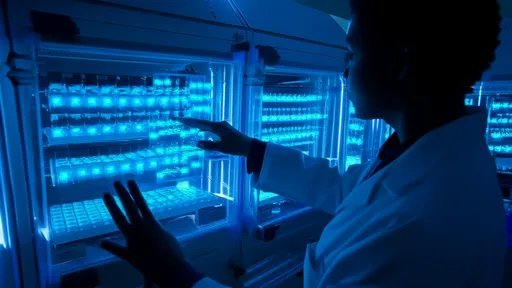
By /Jul 3, 2025
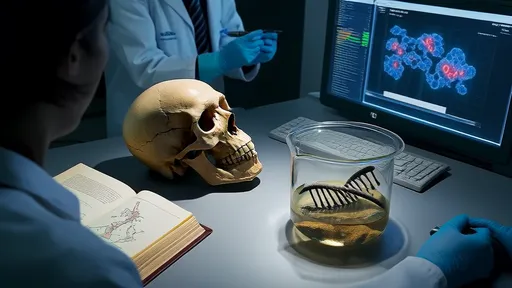
By /Jul 3, 2025
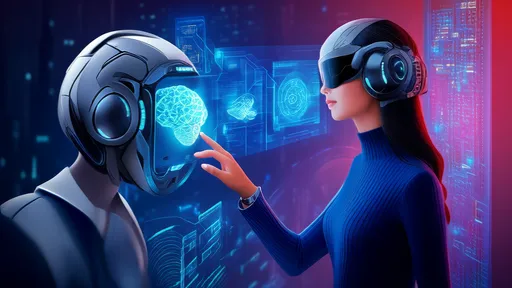
By /Jul 3, 2025

By /Jul 3, 2025
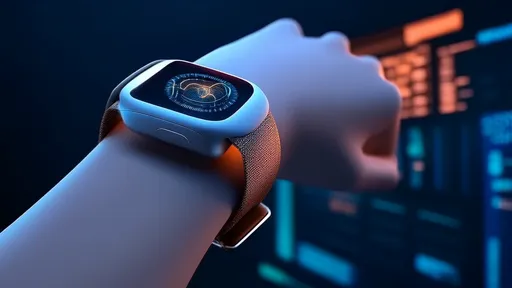
By /Jul 3, 2025

By /Jul 3, 2025

By /Jul 3, 2025
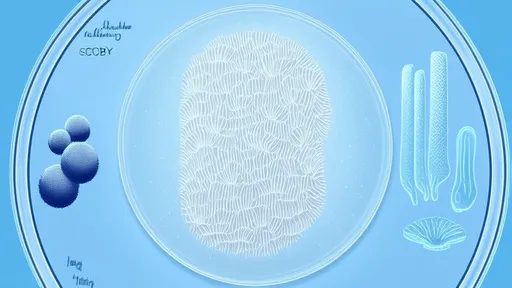
By /Jul 3, 2025
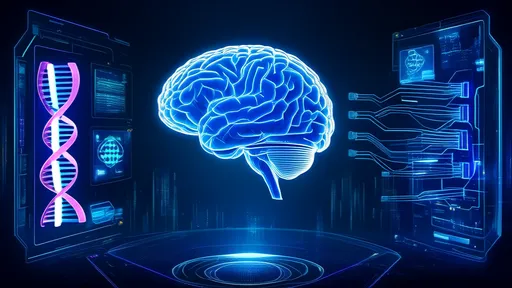
By /Jul 3, 2025

By /Jul 3, 2025

By /Jul 3, 2025
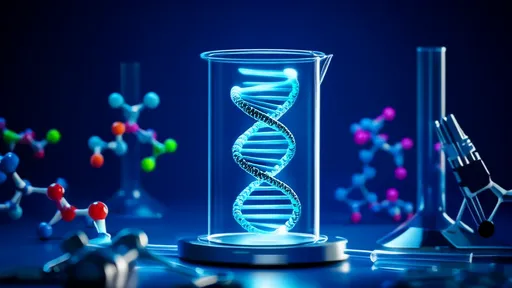
By /Jul 3, 2025
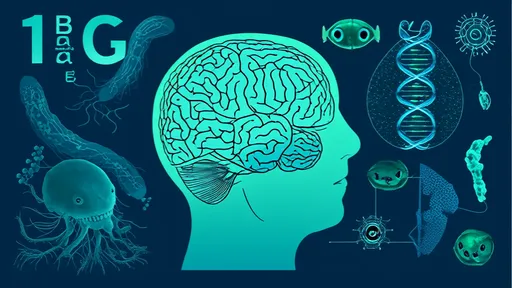
By /Jul 3, 2025
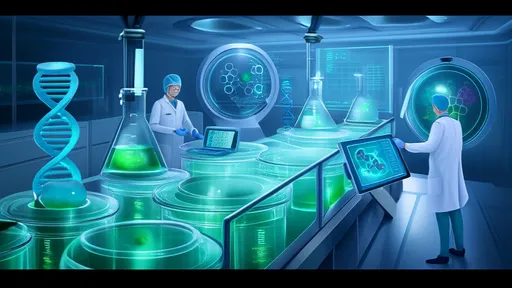
By /Jul 3, 2025
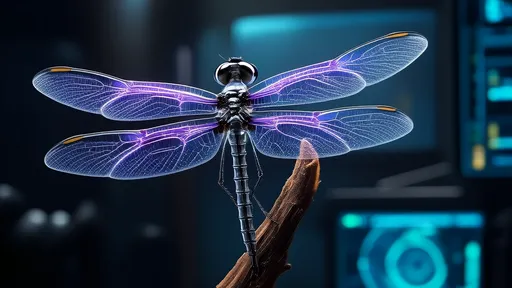
By /Jul 3, 2025
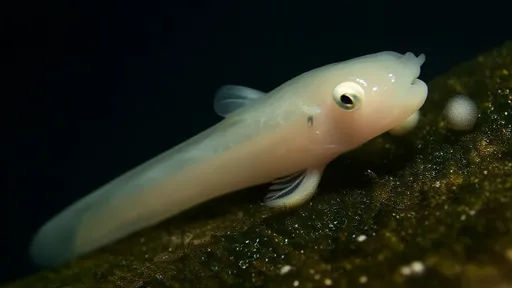
By /Jul 3, 2025
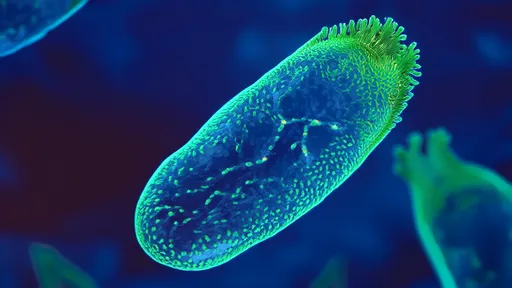
By /Jul 3, 2025
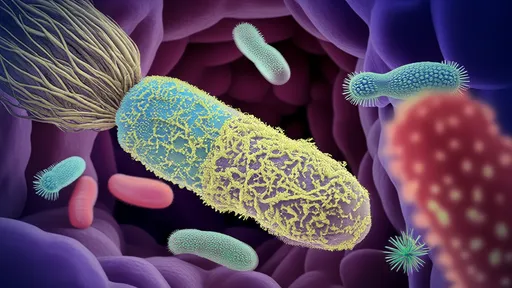
By /Jul 3, 2025
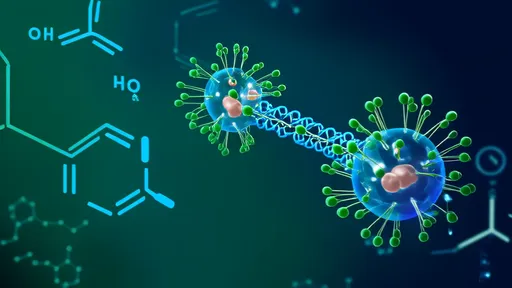
By /Jul 3, 2025
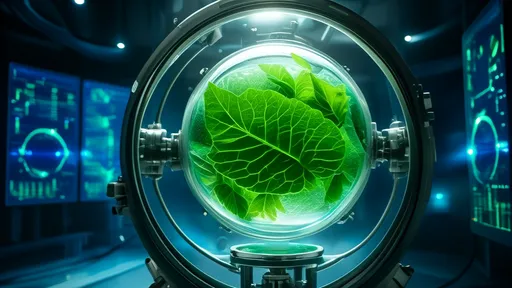
By /Jul 3, 2025